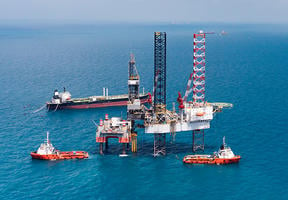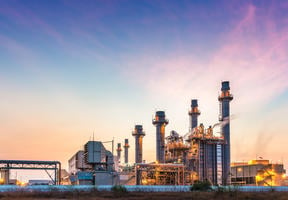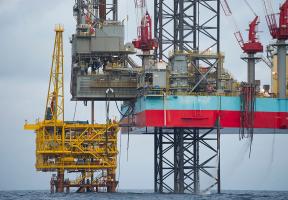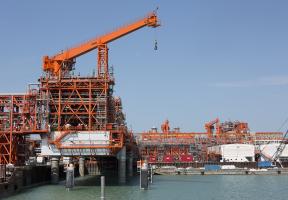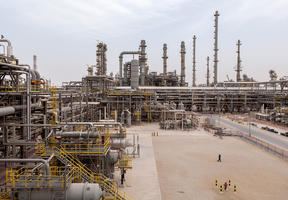Global energy mix from 2022 to 2050
5 min read

How can we prevent the Planet from overheating? This is the challenge facing humanity between now and the end of the century.To do so, we need to radically change the way we produce and consume energy – the source of most of greenhouse gases that warm the atmosphere.
The has mapped out a path to achieve “net zero emissions” by 2050. That means that human activities must no longer release more greenhouse gases than they absorb. European countries are committed to following this path, but have yet to put in place the concrete measures needed to achieve it. Time is running out, because the longer we wait, the harder it will be to limit global temperature rise to 1.5 °C, compared with the pre-industrial era.
To achieve this ambitious goal, we must first reduce global energy demand from 632 to 541 exajoules, despite the increase in the world population and its needs. This means consuming less and better energy. Secondly, we need to change the composition of the world’s from fossil fuels (oil, gas, ) to renewable energies (solar, wind, hydro, etc.). Fossil fuels should be reduced from 80% to 17% of total production, while renewable energies should increase from 12% to 71%.


